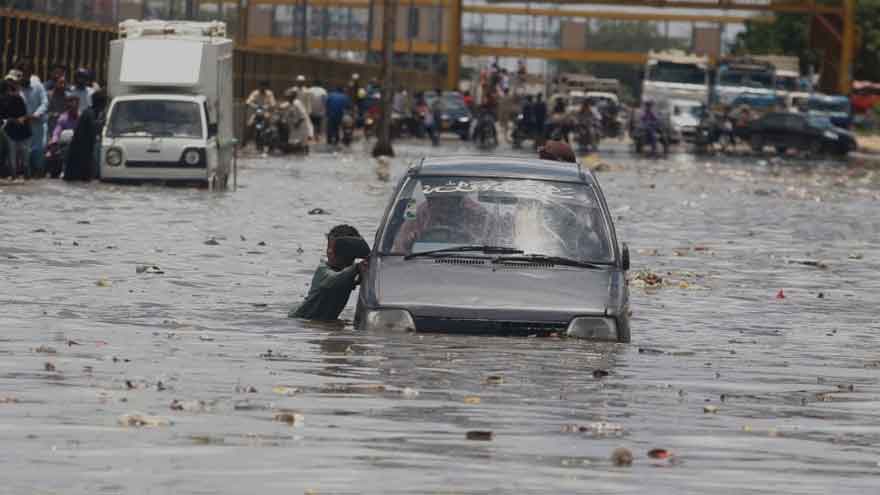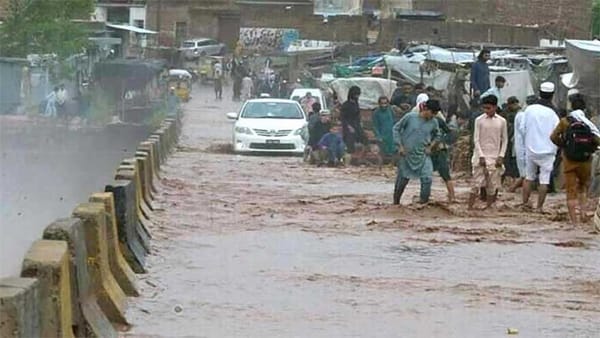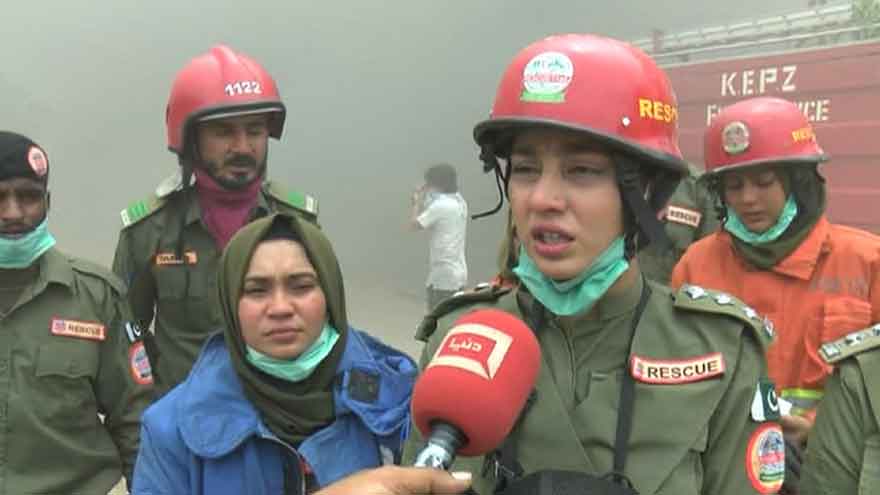Monsoon rains claim 111 lives across Pakistan, reveals NDMA report

The National Disaster Management Authority (NDMA) has released a detailed report highlighting the damages caused by monsoon rains across Pakistan from June 26 to July 14.
According to the report, 111 people have lost their lives, and 212 others have been injured nationwide.
The majority of fatalities were caused by electric shocks, with Punjab suffering the highest number of casualties.
Breakdown by region:
Punjab: 40 deaths, 111 injured
Khyber Pakhtunkhwa: 37 deaths, 55 injured
Sindh: 17 deaths, 37 injured
Balochistan: 16 deaths, no injuries reported
Azad Kashmir: 1 death, 5 injured
In the last 24 hours alone, 6 more fatalities were reported. The rains also caused damage to 463 houses, 9 bridges, and resulted in the loss of 117 livestock.
Additionally, 8 houses were partially damaged nationwide.
Infrastructure damage was reported in Torghar, Chitral, and Kohistan in Khyber Pakhtunkhwa, while four houses were damaged in the Qila Saifullah district of Balochistan.
LOW FLOOD IN RIVER INDUS
Due to the recent monsoon rains, the water level of the Indus River has risen further at the Guddu Barrage in Kashmore, prompting the Irrigation Department to declare a moderate flood.
According to the Flood Forecasting Division, there is a moderate flood at the Taunsa Barrage, while the Guddu and Sukkur barrages are experiencing low-level flooding. The inflow and outflow of water at Taunsa Barrage is recorded at 426,000 cusecs.
The water level of the Indus River continues to rise at Rajanpur, Ghotki, and Taunsa. Several areas in Taunsa have gone underwater. Meanwhile, residents of the riverine (katcha) areas of Rajanpur have started migrating to safer locations.
According to the control room, the water inflow at Guddu Barrage has been recorded at 355,283 cusecs, while the outflow is 315,558 cusecs. Over the past 24 hours, the water level has increased by 13,190 cusecs, and it is expected to rise further in the next 24 to 48 hours.
Sources in the Irrigation Department indicated that due to the ongoing monsoon rains, a further rise in the Indus River’s water level is anticipated.




